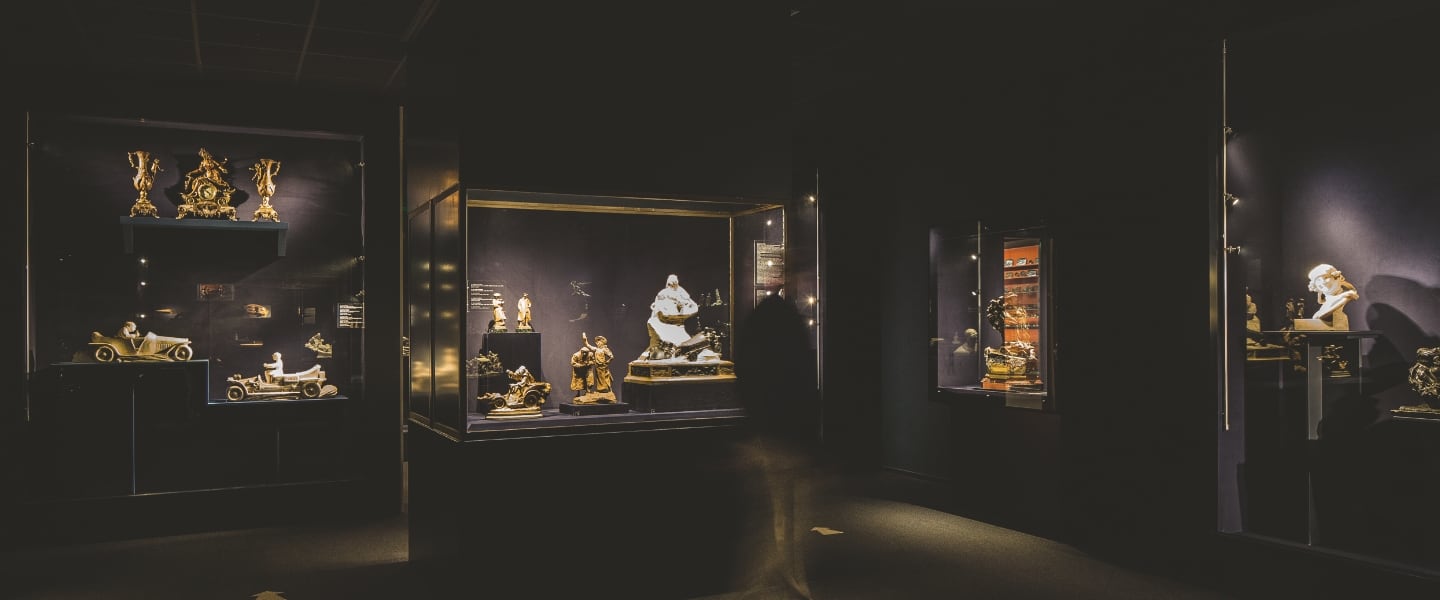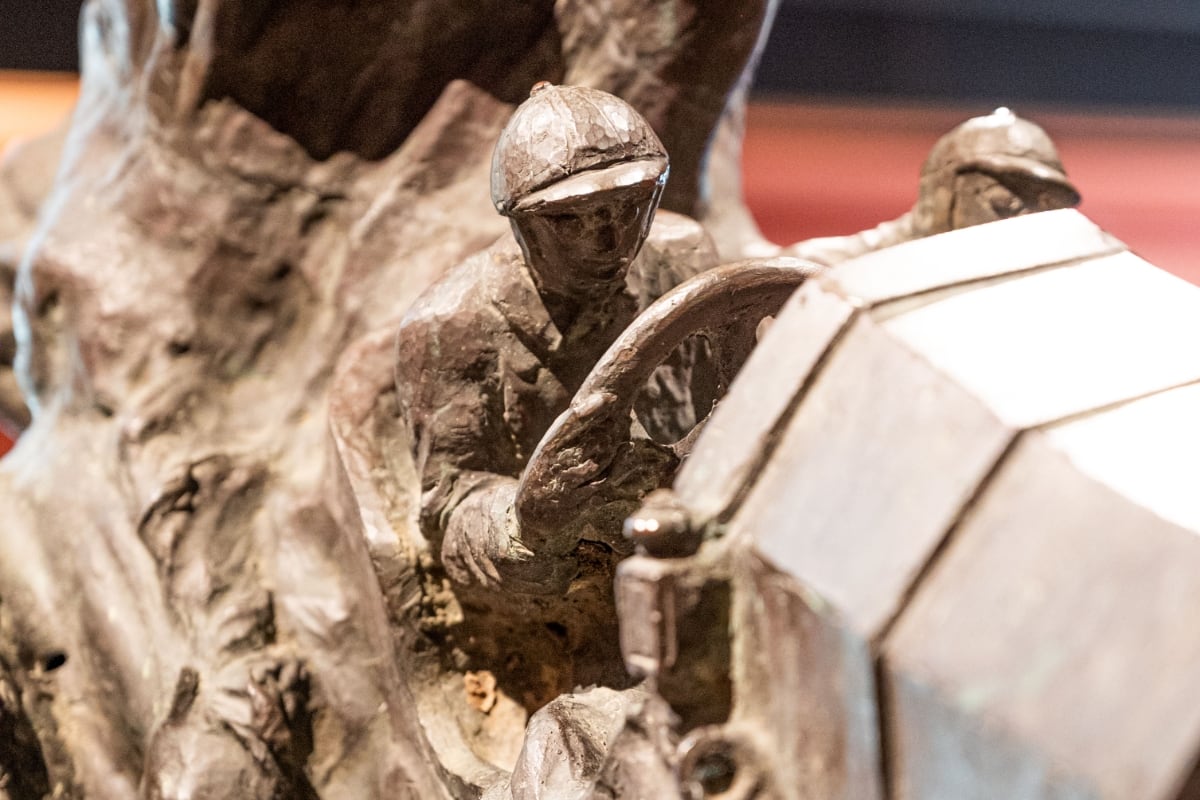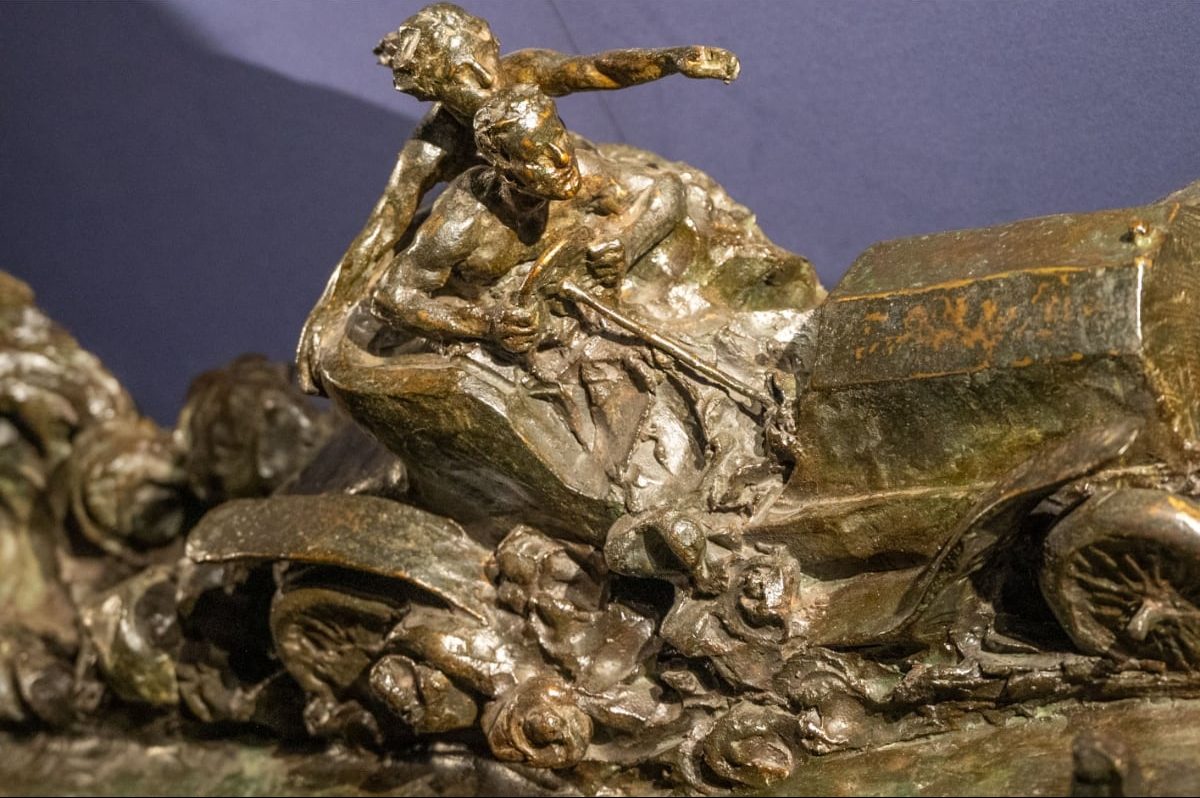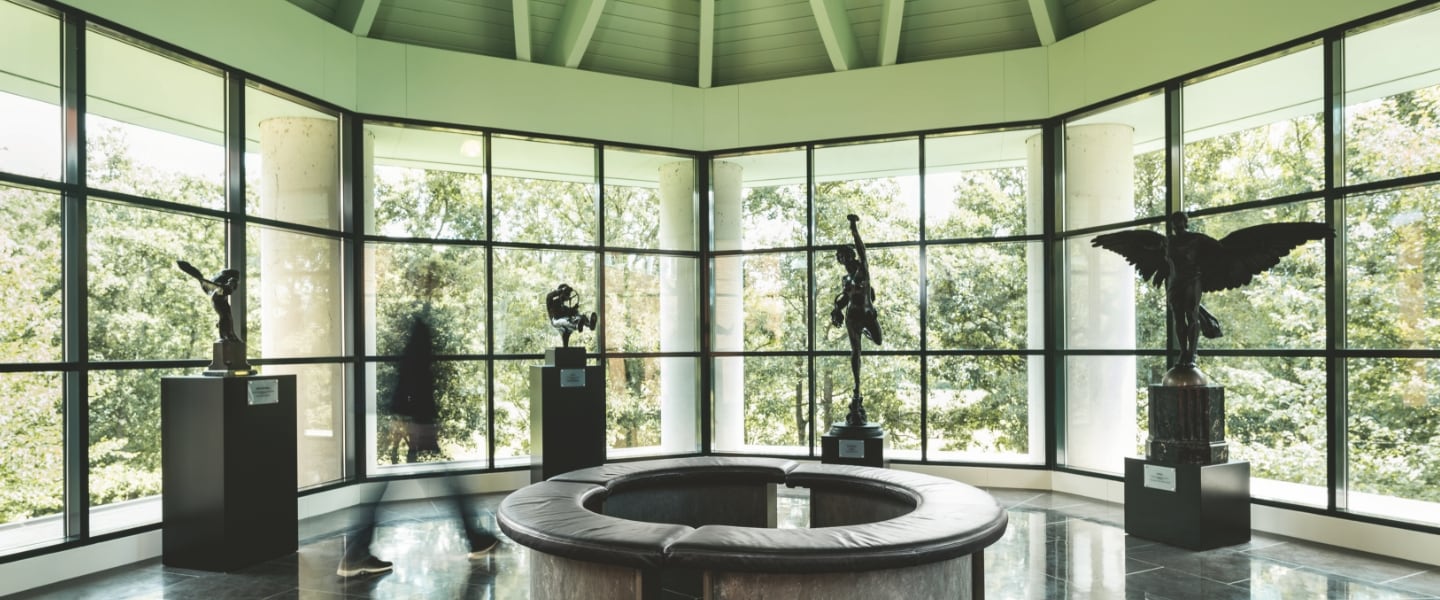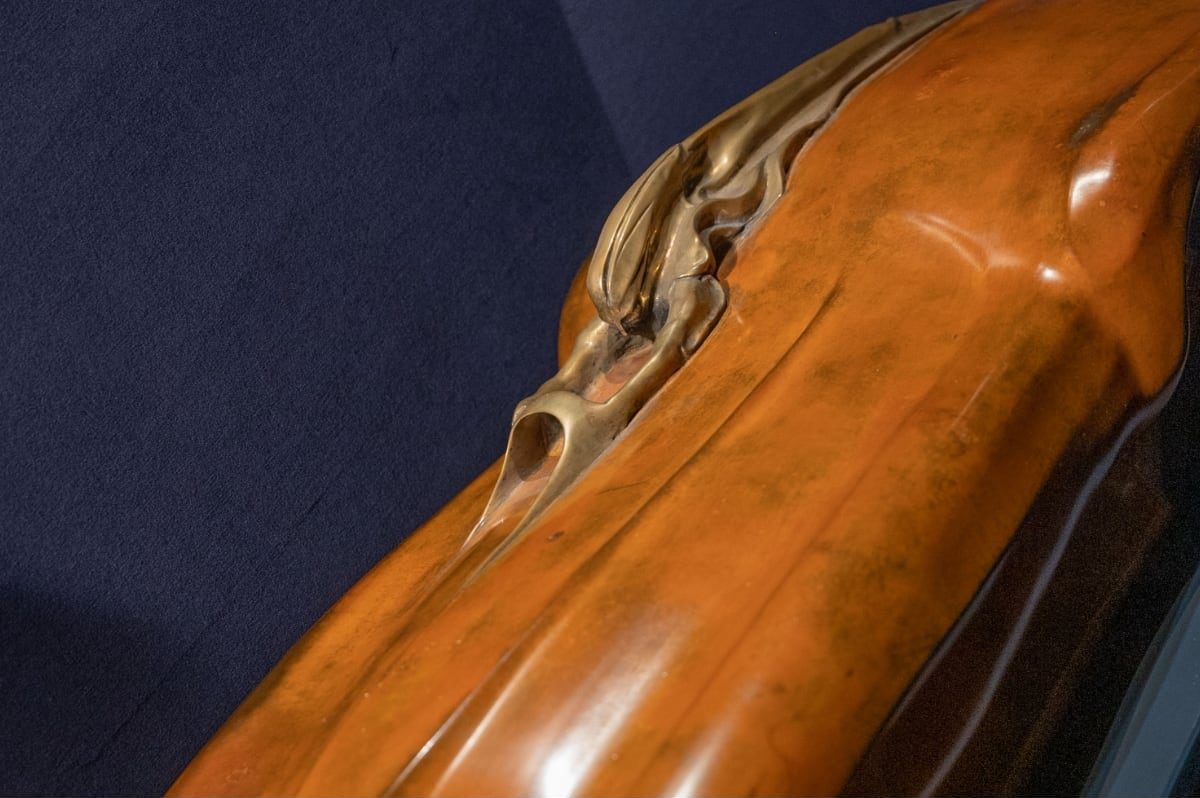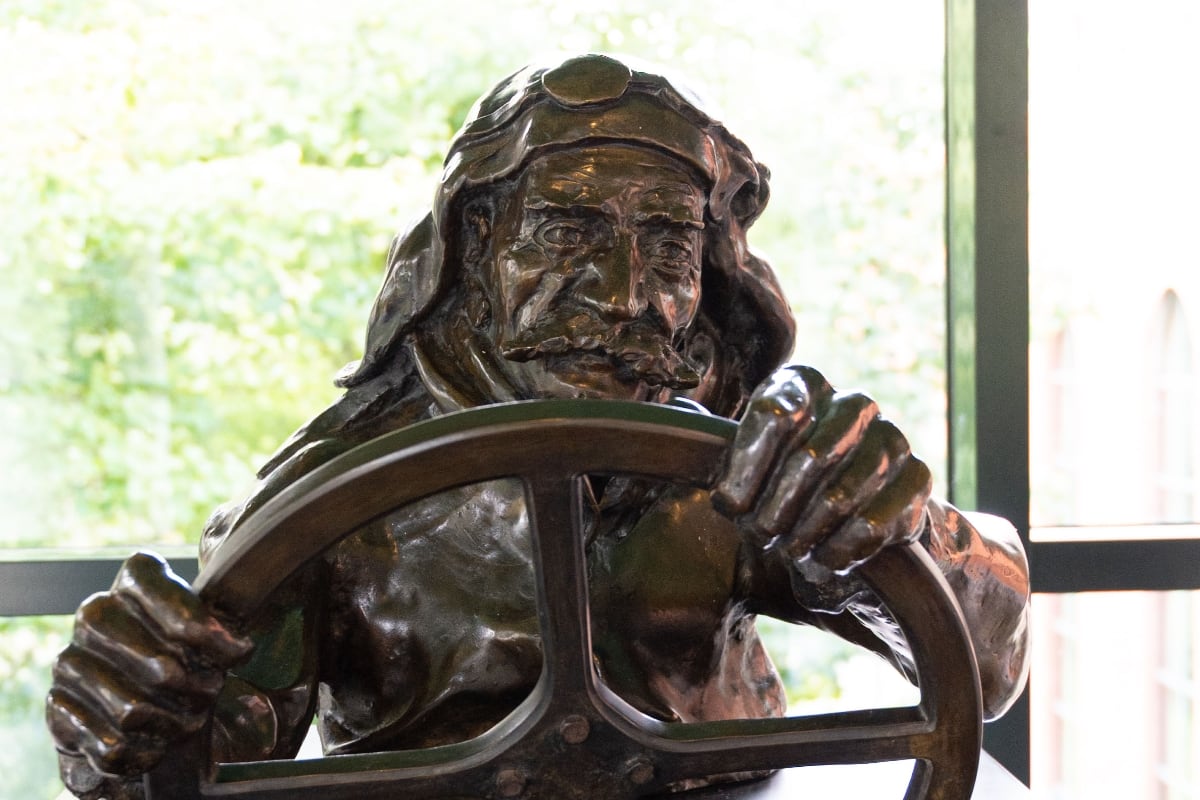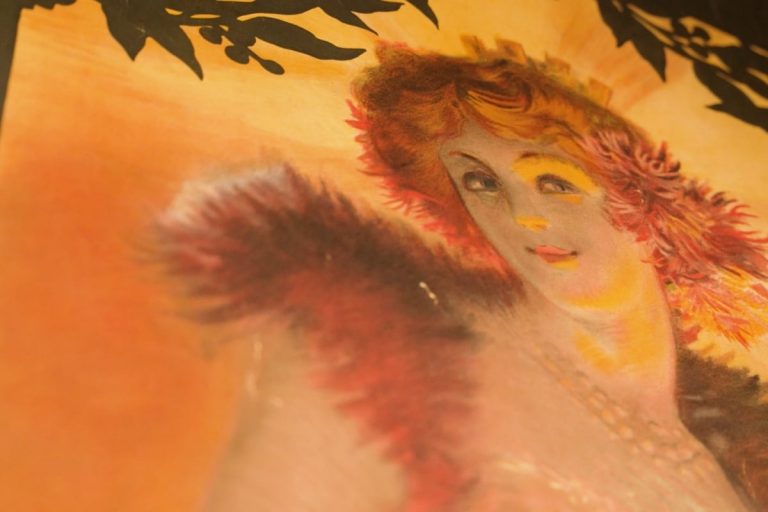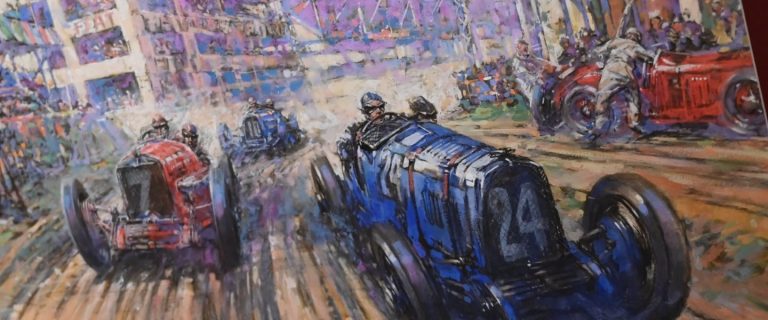The automobile as a source of inspiration
From the moment the motor car entered our lives at the end of the nineteenth century, artists and artisans alike were fascinated by this new means of transport. It inspired them to create works of art representing this new form of mobility.
Symbol of progress
Bronze was the most frequently used material for car-related works of art. Bronze symbolizes the strong and unstoppable emergence of the motor car, at the time an entirely new technology that heralded a new era of human mobility.
The winner’s prize
The objects were not just created as works of art, but also as trophies for motor racing events. In some cases the race itself was the subject of the sculpture, which was created after the event. Including all the drama and highlights. The winner would frequently have to wait for months after the race before he could receive his prize.
Real masterpieces
The sculptures were all masterpieces created by artists that were influenced by celebrated artists such as Auguste Rodin. All of the sculptures and trophies are by famous sculptors, such as Hungarian Gustave Miklos, whose works are on display in various museums in Europe and America.
The world’s largest collection
In the Louwman Museum you will discover the largest and most diverse collection of sculptures, trophies and memorabilia from the early days of motoring. Each and every work of art tells a unique story and lets you see how the artists perceived this revolutionary new development.
Book your tickets for the Louwman Museum
Plan your visit to the automobile museum. The Louwman Museum is located just 15 minutes from The Hague Central Station.

